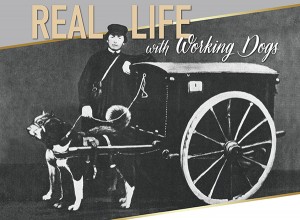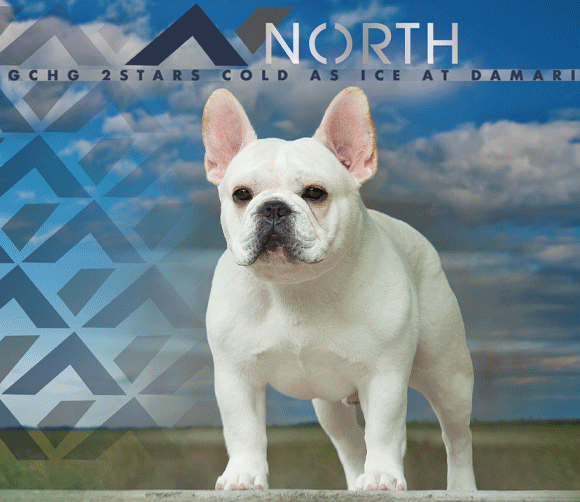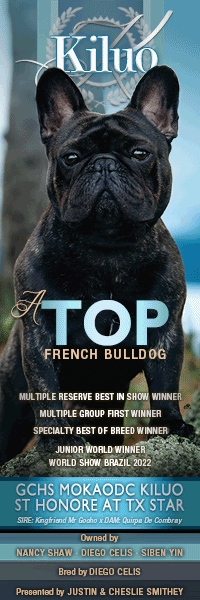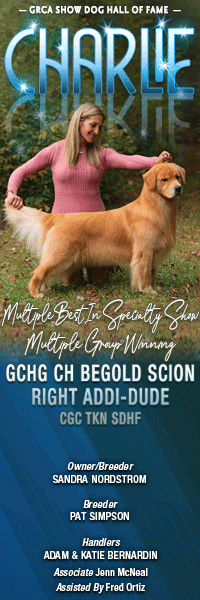Real Life With Working Dogs
Click here to read the complete article
84 – June, 2023
 By Amy Fernandez
By Amy Fernandez
The big problem researching breed history is the gigantic blank space that frequently spans everything up to the late eighteenth/early nineteenth century. Filling in those mysterious gaps is the primary challenge–with one outstanding exception. A handful of breeds have been consistently documented throughout recorded history because their role was inseparable from human civilization. Everything from farming manuals to folklore to ancient Roman tax records provides a glimpse into Working breed development. These dogs were simply too important to omit them from the official story.
Since 1980 AKC has reclassified many of them into Herding but the same rationale applies. These breeds were developed and perfected to perform specific jobs that were crucial to human success. Their phenotype spans the canine genetic spectrum, which reveals how versatile and valuable they’ve been. Although they exist worldwide, the vast majority are extinct, phased out with their jobs. The Turnspit went the way of most Eurasian flock guardians and European bull baiting breeds.
Most of the Working breeds that continue to thrive do so in a new niche. That’s especially interesting these days because recent AKC stats confirm that after decades of middling popularity, several Working breeds are rocketing up the charts. In terms of the big picture 2021 numbers reveal few changes. The beloved Labrador continues to reign supreme. The standout trend–after decades of small breed domination–is the steady ascendance of large Working breeds.
Click here to read the complete article
84 – June, 2023

Short URL: https://caninechronicle.com/?p=264830
Comments are closed











